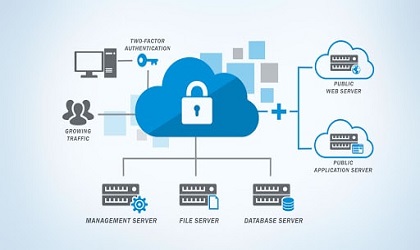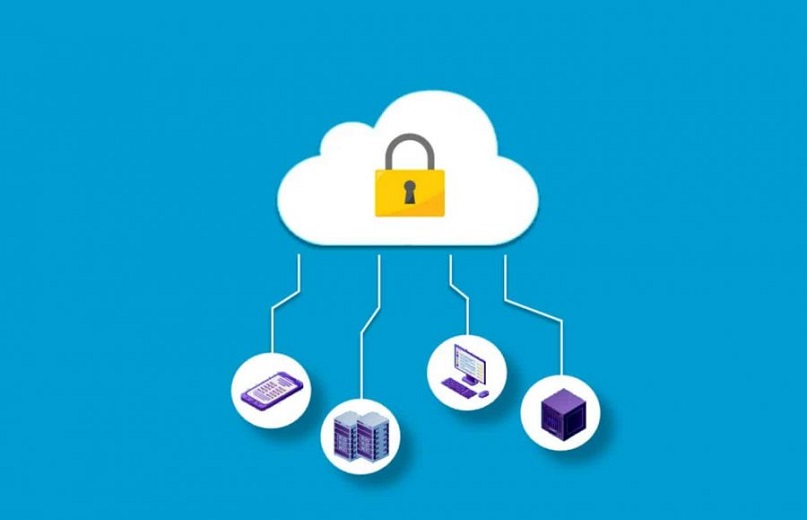As more businesses adopt cloud computing to enhance efficiency, flexibility, and cost-effectiveness, Cloud Security Challenges have become a significant concern. While the cloud offers numerous benefits, it also presents new risks that organizations must address to protect their sensitive data and systems. Understanding these Cloud Security Challenges is essential for businesses looking to safeguard their digital assets.
This article explores the most common Cloud Security Challenges, why they occur, and how organizations can effectively mitigate these risks.

1. Data Breaches and Data Loss
One of the most prominent Cloud Security Challenges is the risk of data breaches or data loss. Cybercriminals often target sensitive information stored in the cloud, such as personal, financial, or business data. While cloud service providers (CSPs) implement security measures, the responsibility for protecting data often falls on the organization using the cloud services.
Causes:
Weak authentication protocols, such as insufficient password policies or lack of multi-factor authentication (MFA).
Misconfigured security settings, which can expose data to unauthorized users.
Mitigation:
Implement strong encryption and access controls for data in transit and at rest.
Regularly audit security settings to ensure they remain effective and aligned with the latest standards.
2. Insider Threats
Insider threats, whether due to negligence or malicious intent, represent another major Cloud Security Challenge. Employees, contractors, or others with internal access can unintentionally or deliberately compromise cloud security.
Causes:
Accidental mishandling of sensitive data.
Intentional data exposure by disgruntled employees.
Mitigation:
Regularly train employees on cybersecurity best practices.
Use role-based access control (RBAC) to limit access to critical systems and data.
3. Compliance and Legal Issues
Meeting compliance standards, such as GDPR, HIPAA, and PCI DSS, can be difficult in a cloud environment, especially when data is stored across different geographic regions. Managing regulatory compliance is one of the key Cloud Security Challenges that businesses face.
Causes:
Confusion about shared responsibility between cloud providers and customers.
Complexities in multi-cloud or hybrid cloud environments.
Mitigation:
Clearly define compliance responsibilities between your organization and the CSP.
Conduct regular audits to ensure compliance with applicable regulations.
4. Misconfigurations
Misconfigurations, such as unsecured data storage or improper access controls, can leave cloud environments vulnerable to attack. These configuration issues remain one of the most prevalent Cloud Security Challenges.
Causes:
Human error during cloud setup and configuration.
Insufficient visibility into cloud services.
Mitigation:
Automate configuration management to reduce manual errors.
Use tools to continuously monitor and alert for any misconfigurations.
5. Lack of Visibility and Control
Cloud environments can reduce an organization’s visibility and control over its IT infrastructure. The shared responsibility model used in cloud environments adds to this Cloud Security Challenge because the cloud provider controls some aspects of security, while the customer is responsible for the rest.
Causes:
Multi-cloud complexity leading to insufficient monitoring.
Lack of centralized control, resulting in security blind spots.
Mitigation:
Utilize security information and event management (SIEM) tools to enhance visibility across cloud environments.
Implement a unified cloud management platform to better monitor and secure all cloud resources.
6. DDoS Attacks
Distributed Denial of Service (DDoS) attacks are another significant Cloud Security Challenge. These attacks aim to overwhelm cloud systems with traffic, rendering them unavailable to legitimate users.
Causes:
Vulnerable cloud applications or weak network protections.
Mitigation:
Implement DDoS protection services to mitigate malicious traffic.
Utilize content delivery networks (CDNs) to distribute traffic and prevent overloads.
7. Insecure APIs and Interfaces
Application Programming Interfaces (APIs) are essential for cloud functionality but can introduce security risks if they are not properly secured. This is one of the newer Cloud Security Challenges that many organizations face.
Causes:
Unsecured API endpoints that lack proper authentication.
Poorly designed APIs with insufficient security measures.
Mitigation:
Secure all APIs with strong authentication methods, such as OAuth.
Regularly audit APIs for vulnerabilities and use API gateways for better traffic control.
Conclusion
Navigating Cloud Security Challenges is critical for businesses looking to protect their data and systems in the cloud. By understanding the risksâranging from data breaches and misconfigurations to insider threats and insecure APIsâorganizations can take proactive steps to strengthen their cloud security. Implementing proper security measures, staying compliant with regulations, and constantly monitoring for vulnerabilities will ensure that cloud environments remain secure, enabling businesses to reap the benefits of cloud computing without compromising on security.



